
Letters and Miscellany
[caption id="AroundOurScepteredIsle_img1" align="aligncenter" width="64"]

[caption id="AroundOurScepteredIsle_img2" align="aligncenter" width="1024"]
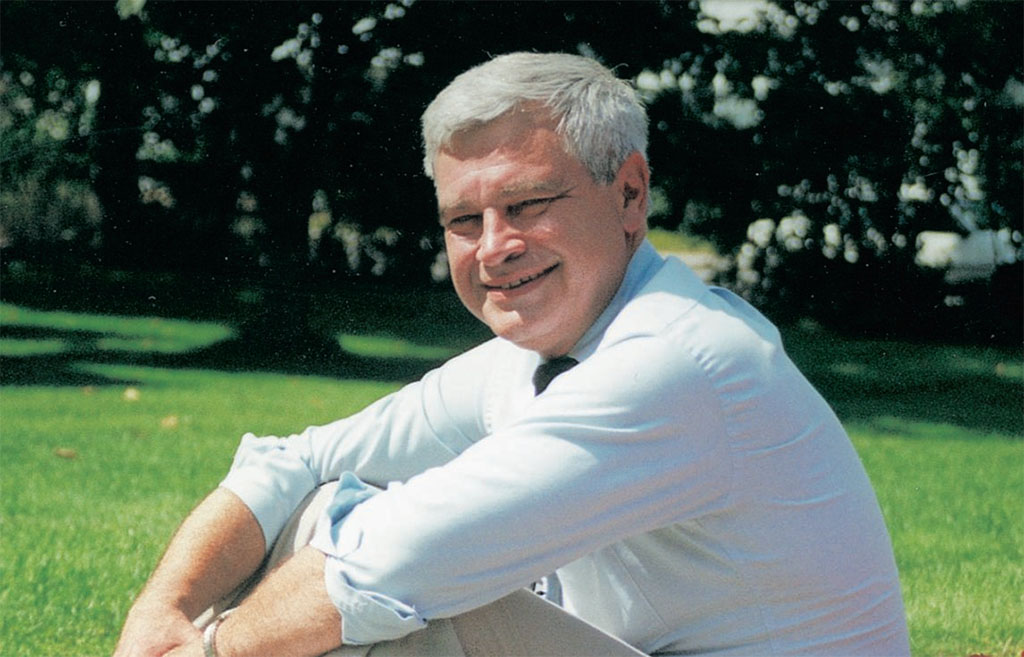
[caption id="AroundOurScepteredIsle_img3" align="alignleft" width="1024"]

ANDREW PARSONS/PA/EMPICS
THE QUEEN CELEBRATES AT WINDSOR
Europe’s longest-serving monarch, Queen Elizabeth II, celebrated her 80th birthday at Windsor Castle on April 21. A crowd of 20,000 gathered on Windsor’s cobbled streets, and a band of the Irish Guards played “Happy Birthday” as the Queen emerged from Windsor Castle to greet the crowd of well-wishers in a 45-minute walkabout captured by worldwide television crews.
Tributes from around the world poured in for Her Majesty. On board the aircraft carrier HMS Illustrious, 500 crew members lined up in formation to spell out “Happy 80th” while en route to deployment in the Indian Ocean. Buckingham Palace reported that the Queen received more than 20,000 birthday cards and 17,000 e-mail greetings. Among her many gifts, the Cabinet presented Queen Elizabeth with a Staffordshire tea set by Spode.
CHOPS, CHIPS & CHINESE CUISINE
With our July issue, BH brought to a close our yearlong series on “Historic London Dining,” celebrating such legendary London restaurants as Simpson’sin- the-Strand, Rules and the Punjab. Now it is your turn. It’s time for “Reader Restaurant Reviews of London.” If you are heading to London in the coming months and happen to visit a great London eatery (of any style or price range), or if perchance you are returning to an old favorite on the London restaurant scene, perhaps you would like to share it with our readers. Write up a short account of your dining experience (circa 300 words) and send it along by post or e-mail.
We will begin a series of “Reader Restaurant Reviews” in the November issue. I will select a suave and colorful reader submission for each issue, and we will send along to the honored reviewer a British Heritage tote bag to commemorate your celebrity!
IT’S NOT UNUSUAL, SIR TOM
Yes, for services to music, singer Tom Jones has been knighted at Buckingham Palace. The 65-year-old miner’s son from South Wales was invested under his real name, Thomas Woodward. Sir Tom described accepting the knighthood as a “great and humbling honor.” Certainly the popular vocal artist has come a long way from his boyhood in Treforest, Pontypridd.
[caption id="AroundOurScepteredIsle_img4" align="aligncenter" width="729"]
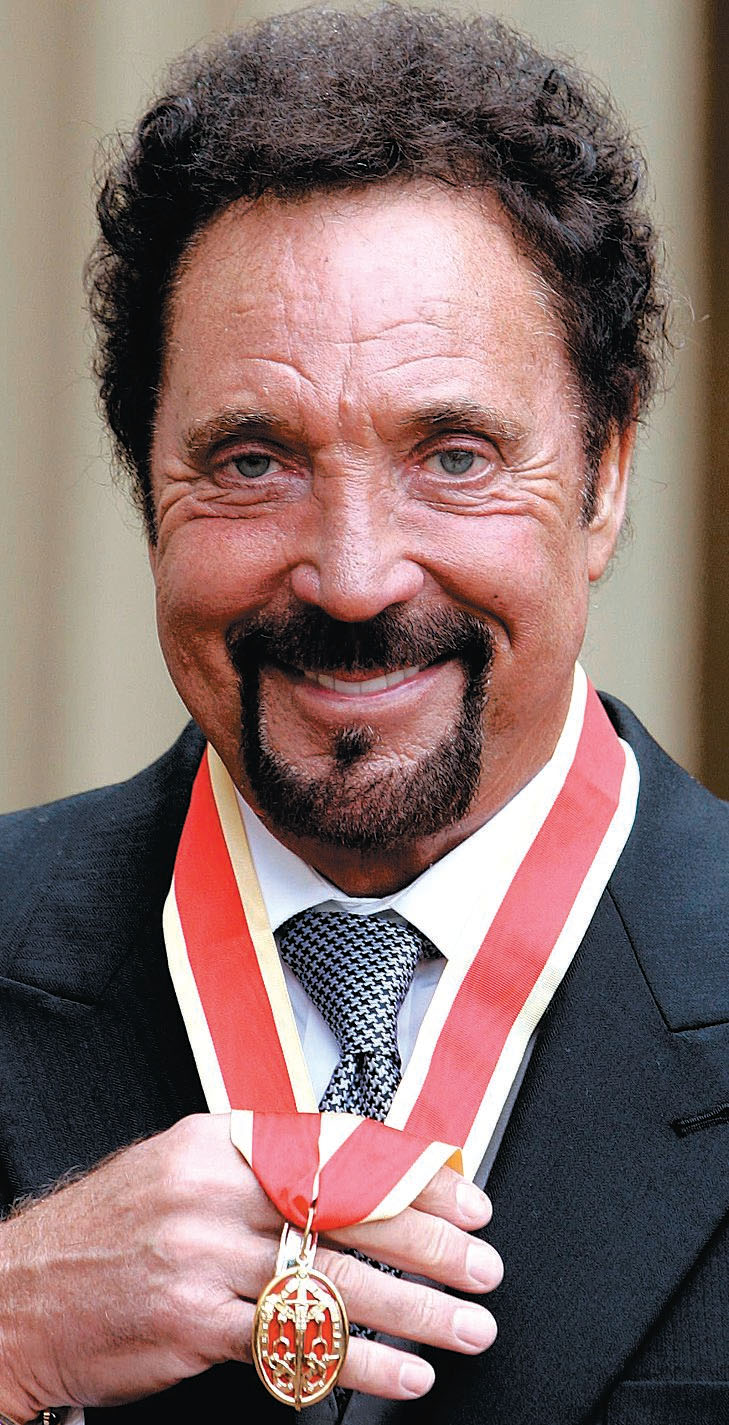
GETTY IMAGES
As a boy, Jones spent two years housebound with tuberculosis. The two things he described as missing during his bedridden months were “singing and girls.” He later married Melinda, a girl he watched playing from his bedroom window, and to whom he is still married. In later years, when Jones’ singing career had prompted a move to America, he had the red telephone kiosk that stood at the end of his street as a boy shipped to his new home. That was where he had telephoned to Melinda during their courting days. Now, that’s unusual. Congratulations, Sir Tom.
KEEPING IN TOUCH
Our visit to Dennis Severs’ House brought back memories for longtime subscribers Dean Argall and James Demcheck: “What a real pleasure and remembrance it was to read Jennifer Dorn’s article in the July issue of one of our favorite magazines. In 1981 my friend and I visited the house at 18 Folgate St. on a trip to London after reading an article about it in The New York Times. Mr. Severs himself conducted the small group of seven of us through his very unique establishment. It was one of the most unforgettable experiences in our many years of travel.”
David Huntley wrote to add gloss to the Samuel Pepys story in our May 2006 issue: “My grandfather was the bowman of the Whitby Lifeboat; the boat is now on exhibit in the Whitby Lifeboat museum together with photos of my grandfather. Those were the days when they rowed the boat and wore cork life vests! The crews of the coal ships that used to ply between Whitby and London used to wet their whistles at the pub on the Thames. One of those ships, The Prospect of Whitby, sank in the North Sea during a storm on a return journey from London to Whitby and all hands were lost. The pub on the Thames was renamed in honor of the lost crew.”
Marlene Semple wrote to share with readers her enthusiasm for the historical novel Year of Wonders by Geraldine Brooks—set in the plague village of Eyam during its self-imposed quarantine from the world. John Dillingham gave me a call seeking permission to use our May 2006 story on Eyam in his Sunday-school class. The account certainly is a lesson in self-sacrificing love.
If you missed a feature in our “Industry & Empire” series, or otherwise want to pass on a current or back issue of British Heritage, you can order copies on our Web site at www.thehistorynet.com or by calling 1-800-358-6327.
Meanwhile, out at Michigan State, Floyd Barrows has a set of BH issues going back a full quarter-century. But Floyd is retiring and would like to see his collection go to a good home. The issues run all the way back to Vol 1. No. 6, February 1975, when BH was British History Illustrated. If you have a home for the collection, or have missing issues you would like to obtain, contact Floyd at [email protected].
Help us spread the word. After all, British Heritage makes a great gift for any occasion—for Anglophile friends and family, British expatriates on this side of the pond, students and history buffs of all ages.
IN SEARCH OF BRITISH HEROES
Among the major themes that British Heritage implicitly if tacitly heralds in our editorial content is British heroes. The subject certainly came up in our feature celebrating the 200th anniversary of Lord Nelson’s victory in the Battle of Trafalgar (November 2005), and on the BBC Radio 5 chat-show “Up All Night,” where as a guest I engaged the British listeners on the topic.
The venerable OED defines heroism in two ways. First, the hero may be “distinguished by the performance of extraordinarily brave or noble deeds; an illustrious warrior.” Alternatively, the hero may be someone “admired and venerated for his or her achievements and noble qualities in any field.” By these hallmarks, many of the subjects of BH features and departments are British heroes: I.K. Brunel, Samuel Johnson, Titus Salt and John Bunyan, to name just a few.
Coming in our next issue, BH is beginning a series of brief articles on “Great British Heroes.” Who shall we write about? Lord Nelson is easy, but shall we cover Wellington and Churchill or Boudicca and Edith Cavell? Yes, dear readers, help me out here. By whatever criteria, whether a noble warrior or noble achiever, what British heroes deserve to be noted?
Send along a card or e-mail with your nominations and suggestions for “Great British Heroes.” Our mailing address is 741 Miller Dr. SE, Suite D-2, Leesburg, VA 20175. Our e-mail address is [email protected].
ASK BRITISH HERITAGE!
Why do they call it a “Free House” if you have to pay for the beer? Was there a real-life Blandings Castle? Where was Camelot, anyway? What is a “sticky wicket”? Traveling to England and want to know a good base to explore Kent?
If you have long pondered a question of British history, travel or common life without resolve, ask British Heritage! Send your queries and puzzlements along to BH (address above). Each issue, I will pluck a question or two from the pool to answer for the enjoyment and edification of all.
So, where was the historical Camelot? It should come as no surprise that there have been several legendary sitings of King Arthur’s court. For centuries, Cadbury Castle, just off the A303 in Somerset, was considered the leading candidate. First proposed as the Arthurian capital by Tudor antiquarian John Leland in 1542, Cadbury Castle isn’t a real castle, of course, but an Iron Age Celtic hillfort.
Across the Severn estuary in South Wales, Caerleon is another site often mentioned as the original of Camelot. Home to the 5,200-man II Legion Augusta of the Roman army during the 2nd and 3rd centuries, the massive amphitheatre at Caerleon and much of the urban infrastructure would certainly have existed during the period of the Celtic warlord’s campaign against Anglo- Saxon occupation of Britain.
My own favorite candidate for King Arthur’s capital is the former Roman city of Viroconium, once the fourth-largest Roman city in Britain. After the 4th-century withdrawal of the Roman legions from our sceptered isle, Viroconium became capital of the Celtic kingdom of Powys.
Today, Viroconium is known as Wroxeter Roman City. Under the care of English Heritage, the remains of the once-thriving ancient metropolis lie on the plains of Shropshire just a few miles east of Shrewsbury. As it happens, I told the whole story in the March 1998 issue of British Heritage. That autumn, I led a group of adventurous BH readers to Wroxeter on the trail of King Arthur. Maybe we ought to do that again.
SYNCHRONIZE YOUR WATCHES
Keeping those grand British trains running on time is important. British society takes such punctuality seriously. Train companies are fined for every minute a train is late. Virgin Trains has come up with a creative way to help assure that travelers get from Paddington to Penzance on schedule. The company has given its 1,500 station staff, drivers, guards and controllers atomic watches.
The new watches receive the Greenwich time signal beamed from a transmitter in Warwickshire. Watches automatically synchronize with digital station clocks. Now, train drivers can speed up or slow down to pull into the station according to the timetable. Hmmm. I wonder if that would work with the airlines.





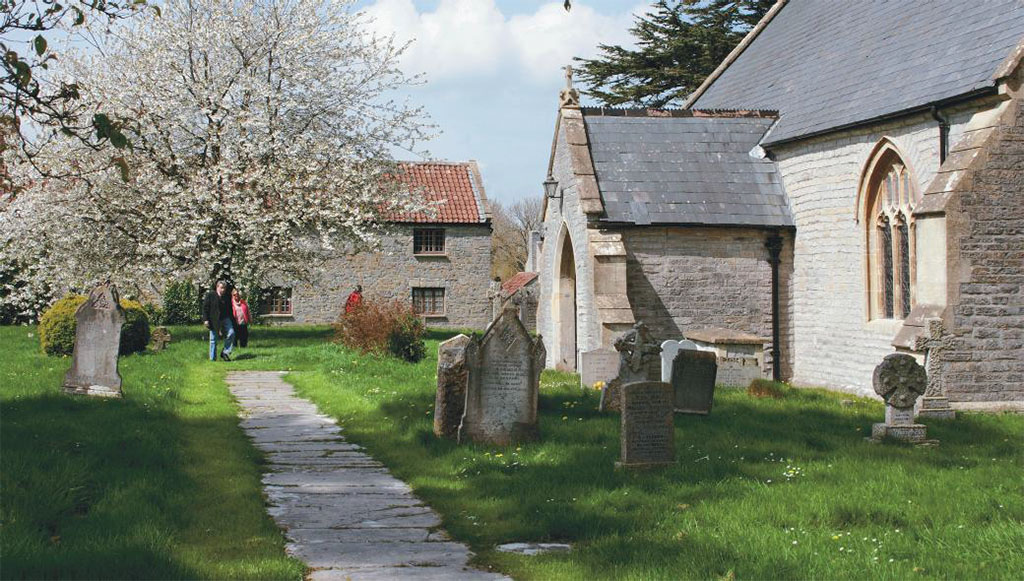

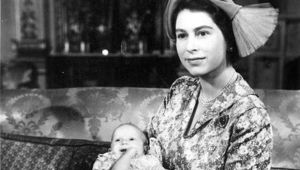
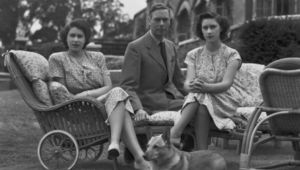
Comments